September 1, 2025 – The morning air carried a crisp clarity as I set out on my 18 km journey from the parking lot, embarking on the Twin Falls loop in Yoho National Park. The trail rose over 771 meters, but the enchantment along the way made every step a passage through wonder.
Almost immediately, the roar of Takakkaw Falls thundered on my right, a majestic spectacle fed by the meltwaters of Daly Glacier, itself part of the sprawling Waputik Icefield. The falls plunge in dramatic tiers—several steps feeding a main drop of roughly 254 m, with a total descent that’s among the tallest in Canada. As I paused, mist drifted toward I in fine veils, scenting the forest with icy freshness. A local noted that standing at the base felt like facing “a gale-force wind of mist”.

On my left, a smaller, gentler waterfall whispered—less thunderous, more secretive—before my path drew I beside the Yoho River, its steady murmur a constant companion as I ventured higher.
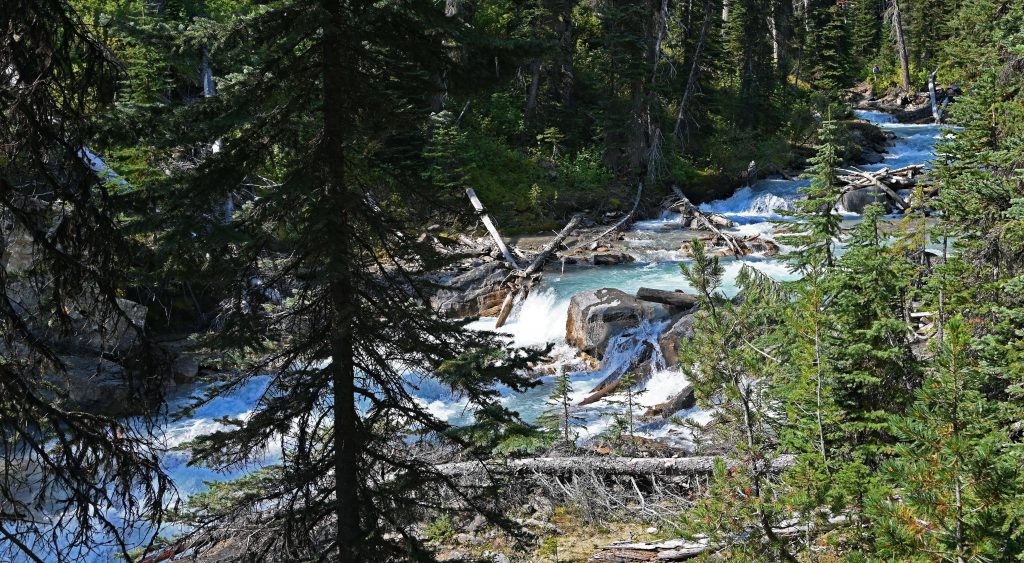
As I turned back on my walk, I saw Mount Niles—its broad massif rising to nearly 2,967 m, sitting close by and its southern face looming above the Yoho Valley.
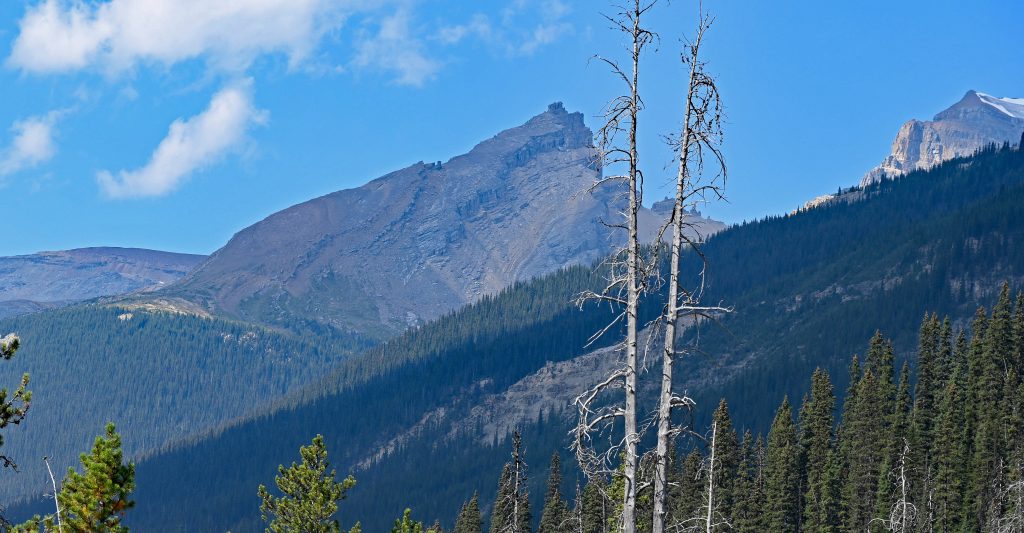
After more than an hour of hiking, the Laughing Falls Camground was to the right, and a few minutes later I was standing in front of the lovely spectacle Laughing Falls. Its turquoise laughter echoing perhaps through a forested pool.

I crossed a humble footbridge and reached a trail junction. There, I turned onto the loop leading I away from the valley and back into wilder ground. The path climbed, soft earth giving way to rocky terrain.
Then came the “Marmot Moment”: I heard a sharp whistle—initially reading it perhaps as a fellow hiker’s call for help. My whistle in reply carried only a forest murmur in return—until, perched on a sun-warmed rock, a marmot peered back at I, whiskers quivering in the alpine light, grinning perhaps at my confusion. A cheeky mountaineer of stone.
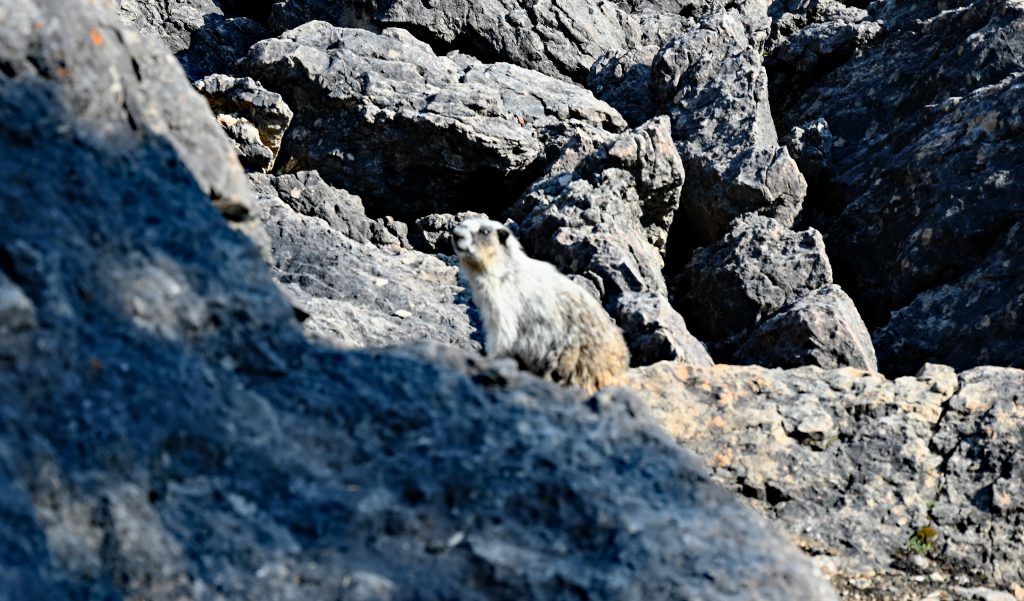
Beyond this, the trail morphed into a ragged corridor of boulders and slab, a “Mordor-like” rock field, where I had to take each step very carefully, so as not to twist my foot.
As compensation, I was rewarded with a great view. Strait ahead, I sew Arete Peak, a narrow ridge of rock that separates two valleys.

Mount Gordon—a rounded, glaciated dome cresting at 3,161 m, the high point of the Wapta Icefield, its smooth curves draped in perpetual snowfields.
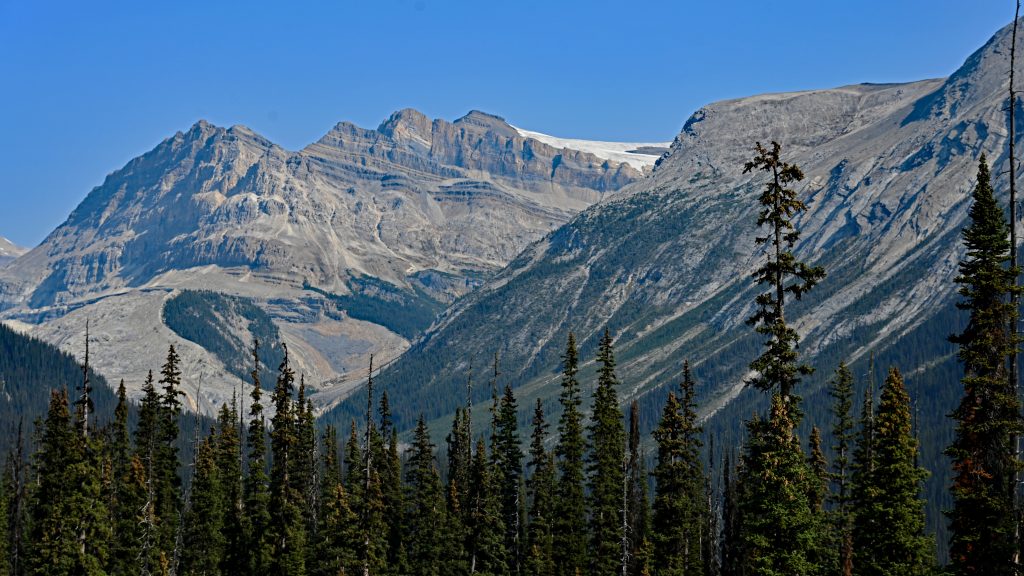
The Trolltinder Mountain with it`s 2,912-metre, west of the Continental Divide, in the Waputik Range, was another highlight.

A bit behind, Mount Balfour, the highest peak of the Waputik Range, is located just on the Continental Divide. It is also part of the border between British Columbia and Alberta.

The rock field was leading toward tranquil Marpole Lake. This serene alpine body of water offered contrast: still, reflective, flanked by stony ridges and glimpses of distant glaciers glinting in the blue. The path continued upward, guiding me through thinning forest and into clearer air.
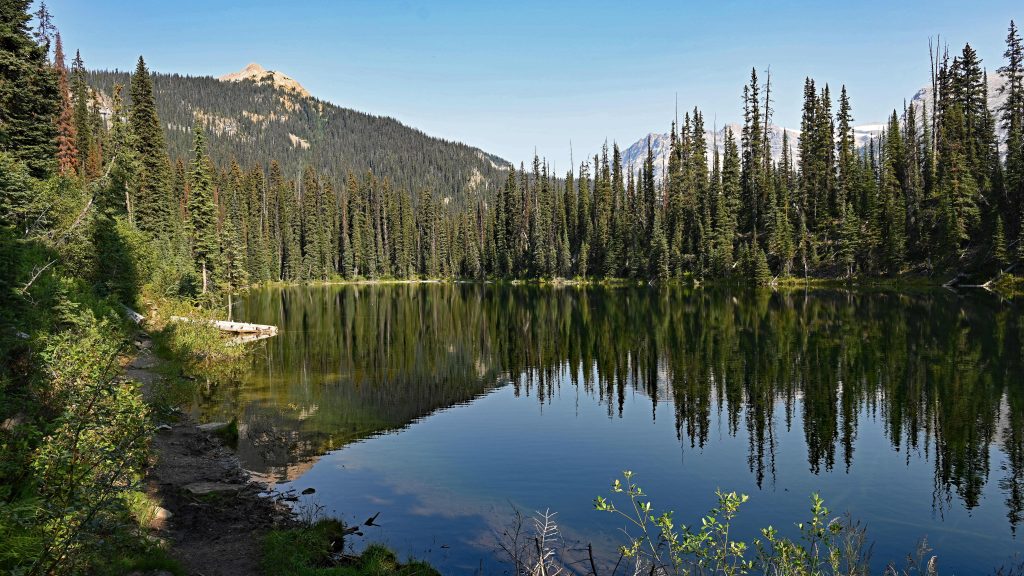
Finally, after my steady ascent and through that long rock-strewn stretch, I emerged at the foot of Twin Falls, the crescendo of my journey. Two slender streams of water tumbled side-by-side down steep cliffs, twin cascades echoing in the bowl of surrounding stone walls. The whole scene felt both intimate and immense—twin threads of water presiding over the rocky amphitheater.

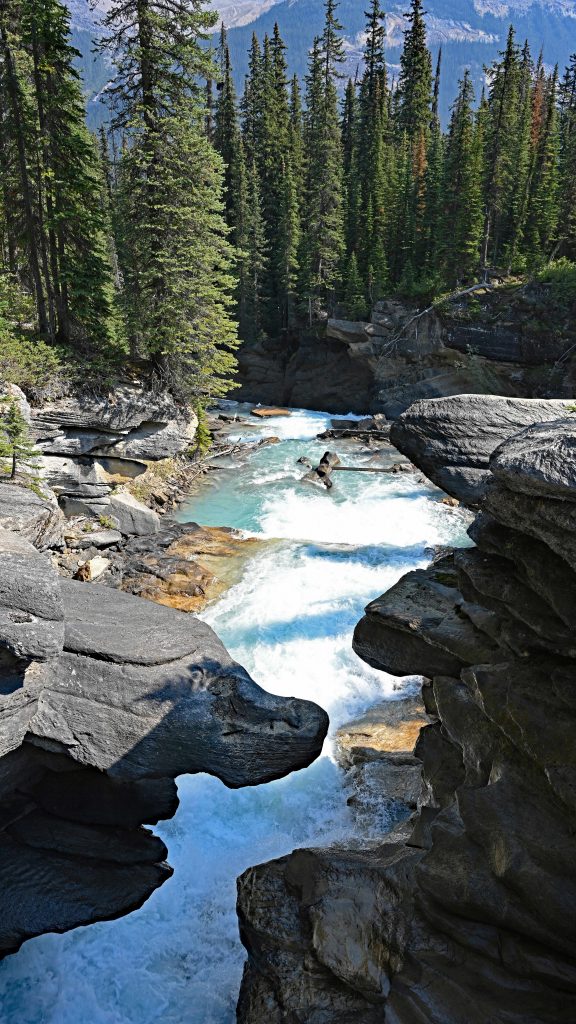
Twin Falls greeted I quietly yet powerfully, side-by-side cascades disrupting the stillness of stone. A concentrated surprise at the end of the trail.
About Takakkaw Falls
The name “Takakkaw” itself means “magnificent” or “wonderful” in Cree—a fitting tribute. Fed by Daly Glacier and the expansive Waputik Icefield, the falls drop in dramatic tiers—up to 373 m total, with a main free-fall of about 254 m—and remain one of Canada’s tallest and most famous cascades. Visitors frequently note the sensory impact: the thunderous roar, the fine mist, and even rainbows dancing in the vapour when the sun strikes just right. Also, physically, the water sometimes blasts outward from the cliff, creating a dramatic “roostertail” effect before the main plunge.

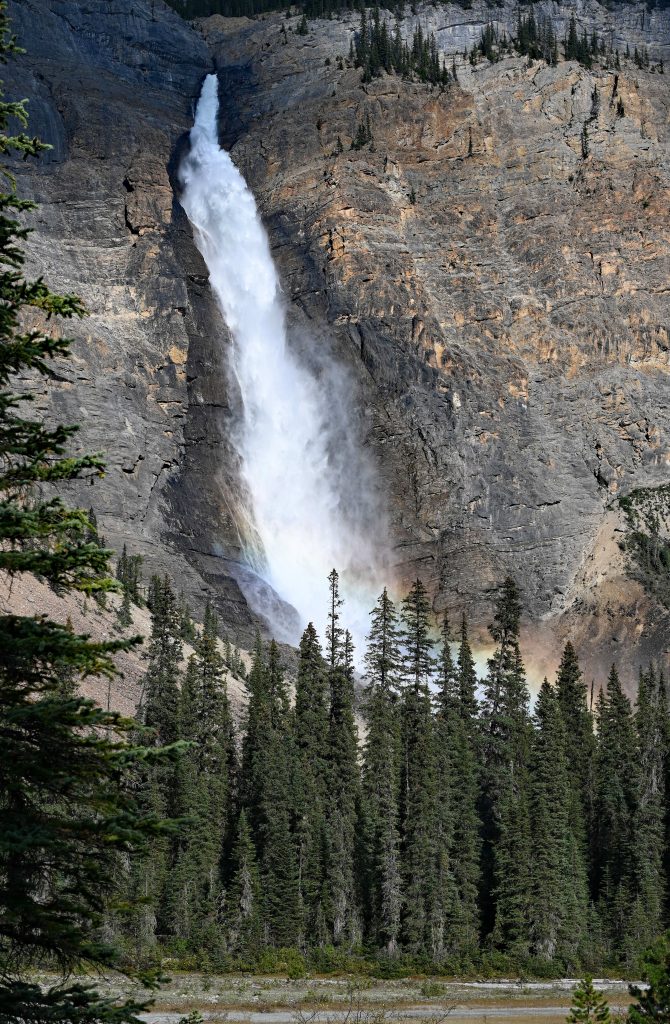
Epilogue
My hike was not merely a sequence of points on a map—it was a story of sound and sight and wildlife cameo. The thunder of Takakkaw, the chuckle of Laughing Falls, the unexpected whistle-duel with a marmot, the stillness of Marpole Lake, and the final reveal of Twin Falls—all collected like chapters of a wilderness narrative. The peaks—Niles, Gordon, Poilus—stood silently as stone-lanterns of memory, their glaciers and shapes etched into my experience.